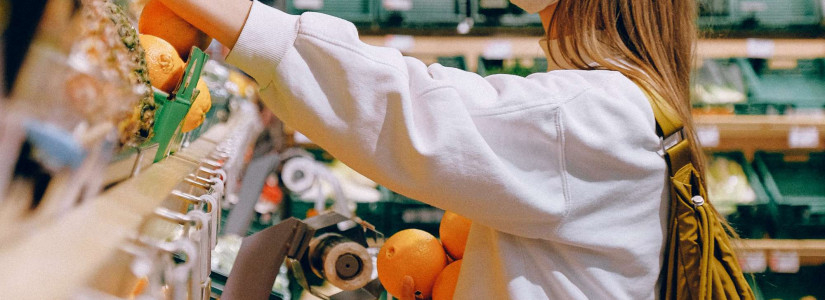The 5 Largest Food Assistance Programs in the United States
If you’re struggling to feed yourself or your family in the United States, there is hope in the form of food assistance programs. Food assistance programs provide food to families in need, and by using one or more of them, you can ensure your family has food on the table for every meal — and a balanced diet.
Through these programs, you can hopefully reduce or remove the stress of food insecurity. Your country is here to help.
Supplemental Nutrition Assistance Program (SNAP)
More commonly known as “food stamps,” SNAP helps households in need get nutritious food. The goal of the program is self-sufficiency: to help families out when they need it so that they can support themselves in the future. You must apply locally or in your state to take advantage of SNAP. You’ll be assigned a caseworker who can guide you through the process.
SNAP recipients get an Electronic Benefits Transfer (EBT) card, which they use to receive benefits. The card functions just like a debit card and can only be used to purchase select food items at grocery stores, convenience stores, and even online.
Women, Infants, and Children (WIC)
WIC benefits are intended to support babies, young children, and their moms. This includes those who are pregnant. This 40-year-old program is designed for short-term use and provides support for nutrition counseling, food assistance, and other services young parents need, like breastfeeding support.
WIC is available to parents who are married or single, whether or not they work, and it’s not limited to women. Grandfamilies may also qualify. Like SNAP, WIC is distributed via the state and based on need.
Child Nutrition Programs
Child Nutrition Programs include a variety of smaller programs. Administered overall by the U.S. Department of Agriculture, Child Nutrition Programs include the School Breakfast Program and National School Lunch Program, and the Child and Adult Food Program (CACFP). School food programs enable children to get cost-free food at school for breakfast and lunch.
Food Distribution Programs
The USDA and other government organizations find room in multiple budgets for food assistance. Under the Food Distribution Programs umbrella, the Commodity Supplemental Food Program (CSFP) supports low-income elderly, infants, children, new moms, and pregnant people with USDA-supplied nutritional foods.
The Food Distribution Programs also include the Department of Defense (DoD) Fresh Fruit & Vegetable Program, which provides healthy food to schools; the Food Aid Program, which feeds those in need through direct donations; and The Emergency Food Assistance Program (TEFAP).
These programs aim to get food from producers to your table. There are many to sort through, but if your family is in need, it’s worth looking at each one to see which you may qualify for. Food Distribution Programs are also the key to maximizing multiple programs — consider one or more of these programs in conjunction with a core program such as SNAP.
Center for Nutrition Policy and Promotion (CNPP)
Remember the food pyramid and how dietary guidelines sometimes change? This is due to the work of the CNPP, which operates within the Food and Nutrition Service (FNS). Nutritionists at the CNPP reevaluate food and nutrition guidelines and support families in need by directing them to programs that fulfill their nutritional needs. Hungry families should check out their consumer section online to ensure they’re getting all of their dietary needs met.
-
In addition to these programs, many local nonprofits and religious organizations offer food assistance programs. Reach out to your local church, synagogue, or mosque if needed. Even if you are not religious, their food assistance programs are there to benefit you and the entire community.
-
Need further information regarding food programs and assistance? Check out these resources:
- What Is SNAP (Supplemental Nutrition Assistance Program)
- 3 Effective Strategies To Successfully Get First-Time SNAP Access And Amplified Assistance
- Food Stamps: Clarifying Your Most Crucial Questions












